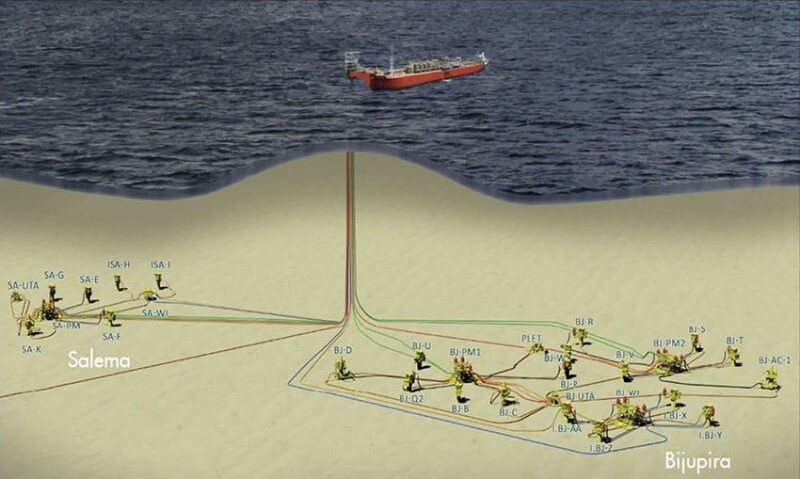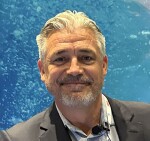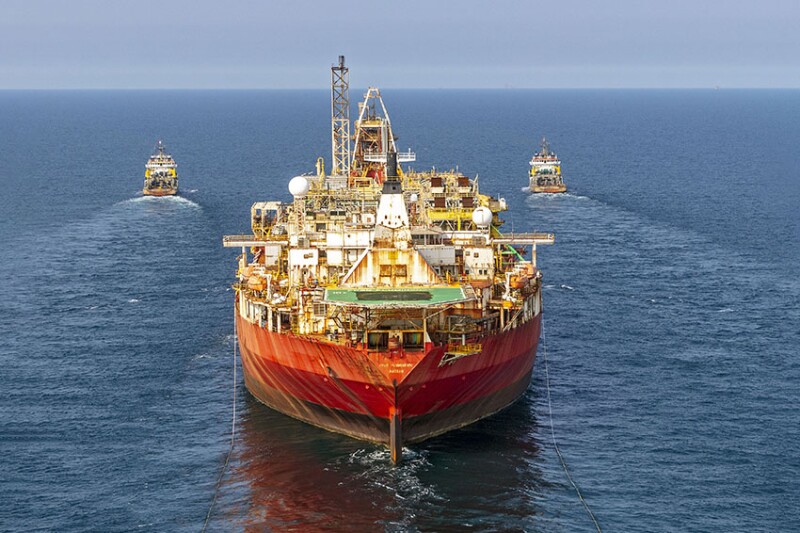An ideal decommissioning project is highly choreographed, making uncertainty an unwelcome guest.
When Shell Brasil set about decommissioning the Fluminense floating production, storage, and offloading (FPSO) vessel serving its Bijupirá and Salema (BJSA) fields offshore Brazil, the supermajor became the first international oil company to navigate the country’s nascent permitting requirements.
In addition to managing uncertainty around permitting and timelines, Shell Brasil also had to overcome challenges posed by the need to tow the aged FPSO from Brazilian waters to a quayside location in Denmark for dismantling, to abandon 22 wells, and to recover hardware throughout the effort while minimizing the spread of the invasive sun coral and achieving a “green recycling” target of 93%.
That some of the most complex challenges had simple solutions is one of the lessons Shell Brasil’s BJSA decommissioning team has so far taken away from the ongoing project.
The BJSA fields—named for species of fish—were discovered in the Campos Basin in 1990 by Petrobras and produced through an early production system from 1994 to 2000. Shell Brasil entered the license in 2002 as its operator, and when the full-field development went online the following year (Fig. 1), Shell Brasil became the first non-state-owned operator to produce oil offshore Brazil. Shell Brasil operates the fields with 80% interest on behalf of Petrobras with 20% interest.

The Fluminense FPSO was already nearly 3 decades old when it received first oil from the BJSA fields in 2003. It started life as the SeaSaint ULCC (ultralarge crude carrier) in 1974 and was later renamed the Sahara. In 2003, it was converted into an FPSO and moored on the Brazilian fields in about 740-m water depth, where it received production of up to 80,000 BOPD and 75 MMcf/D. While it reached peak production in 2004, in November 2020, the fields were only producing 7,500 BOEPD, or 12% of peak production, and production ceased the following November. BJSA produced more than 141 million BOE to the Fluminense FPSO.
Permitting and decommissioning activities for the field and FPSO started following last oil, and in late August 2024, the FPSO arrived in Denmark for dismantling and recycling.

Rick Wincheski, Shell Brasil’s BJSA project manager, said while presenting OTC 36004 during SPE’s Offshore Technology Conference in May that a riser integrity issue was one of the factors that made continued production unfeasible, leading to the cessation of production earlier than the operator had anticipated.
While presenting OTC 36002, Ana Rabelo Ciscotto, BJSA operations and integrity lead, said the end of production left Shell Brasil operating an FPSO that served nonproducing fields, which translated into a significant financial impact.
“Although we were no longer producing, we were still operating.


